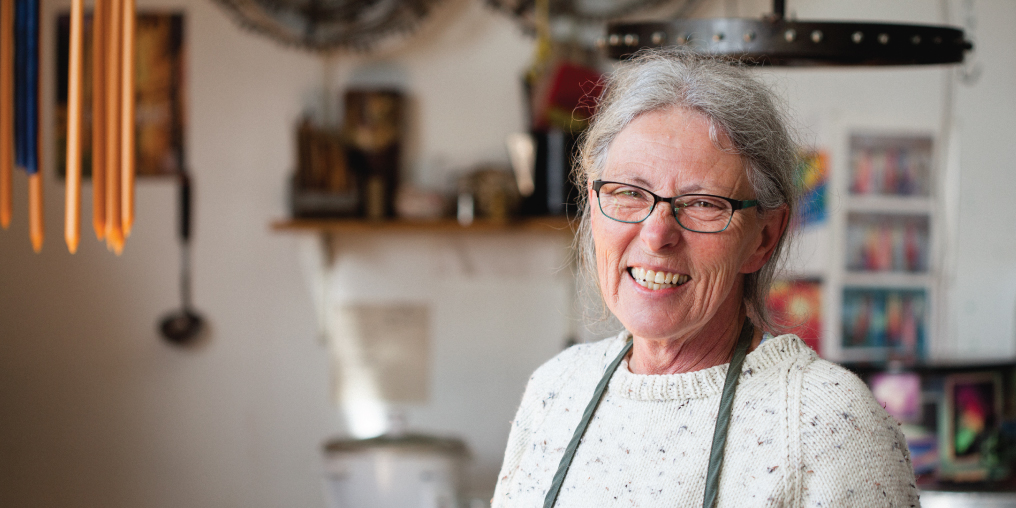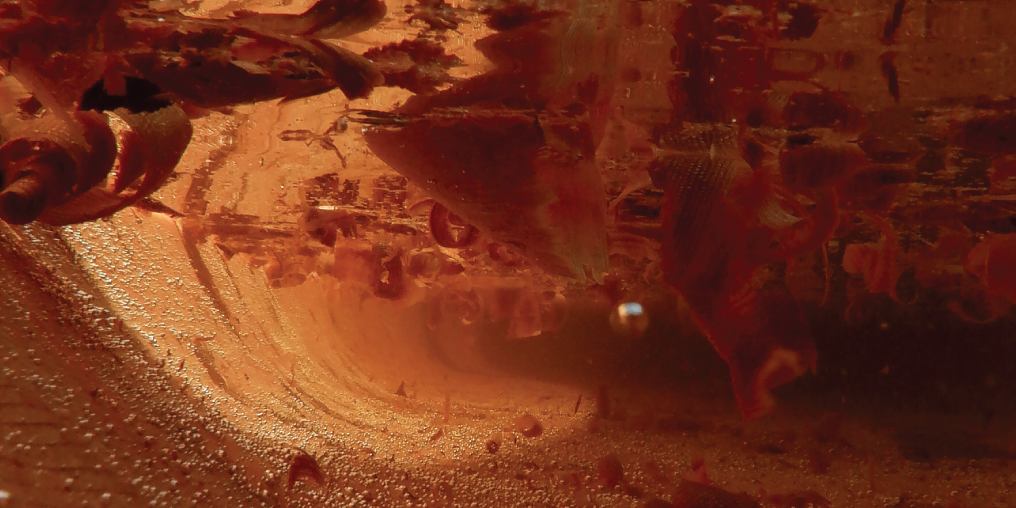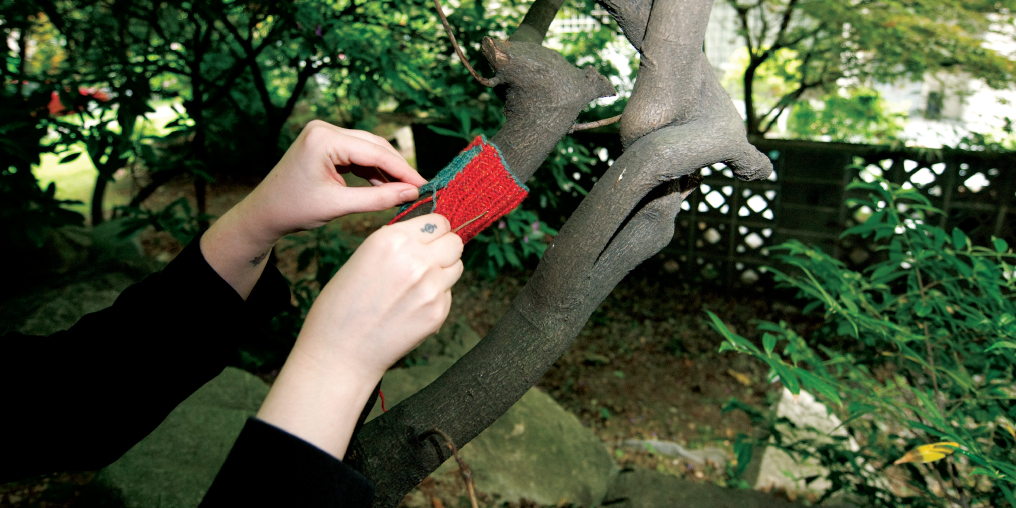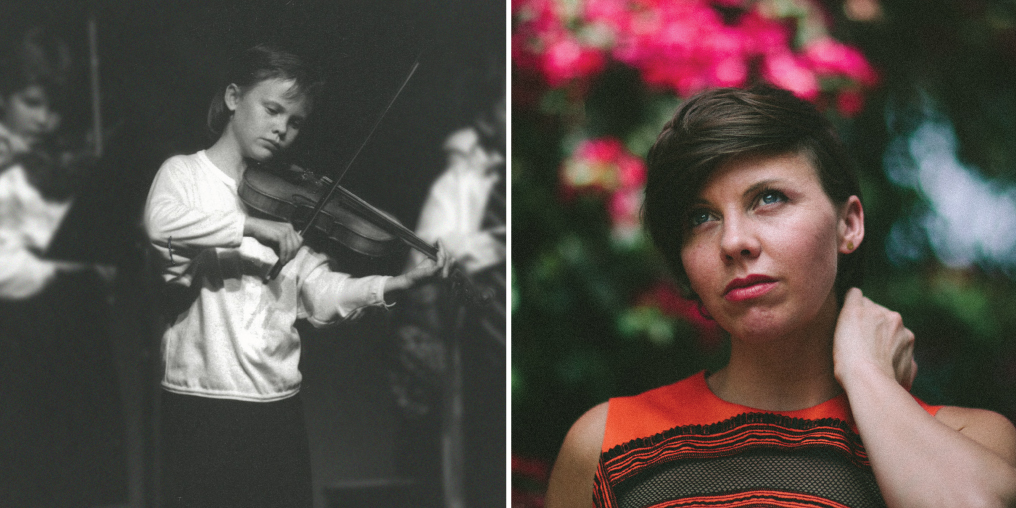The setting of The Fanny Bay Candle Company is pastoral. Donalda Lauzon and her husband Randy greet me while attempting to wrangle their wildly friendly 7 month-old puppy, Belle. I catch a glimpse of their black horse, Mouse, across the property. The scenery is mostly sky.
Lauzon is warm and instantly talkative, and ushers me toward her workshop. It’s a colourful and no nonsense space, which is to say it suits her well. It’s filled to the brim without being cramped, and doubles as retail space. At the moment it’s flooded with afternoon light.
Though her family moved to Metchosin when she was 15, Lauzon grew up in an extended family of farmers in Saskatchewan, where life is often lived in the shadow of unpredictability. “My grandmother taught us how to make candles. She taught us how to can food. In case life were to change… I think she was trying to teach us how to survive.”
She shows me her votive machine, of which she’s clearly proud. A Chinese export made in 1936, the substantial piece of equipment operates off of a hot and cold water method, in which melted wax is liberally poured over a flat surface studded with votive shaped wells. The wax is then cooled and scraped down, and the votives popped out. Like much of what is done here, it’s physical and time-consuming work. Her taper carousel, large and looming in the back corner, uses the drawn method, in which each taper is pulled through wax and cooled fifty times before it’s reduced to the desired length in a hot water trim tank.

What some may find repetitive, she finds serene. She also hosts workshops and creates custom work for clients. Though busy, she is rarely stressed. “I have worked lots of different jobs,” says Lauzon, a former RN, bookkeeper, and property investor. “It’s nice to do work that doesn’t feel like a job.”
We cross a small parking area and enter her house, ascending steep stairs to the kitchen and living area with a spectacular view of the Straight of Georgia. Lauzon and her husband have been on the property for thirty years. It used to be the site of bunkhouses for a nearby shake mill, and they still find glass discarded by mill workers.
She serves tea, and we talk at length about children, and in her case, grandchildren and great grandchildren. We talk about the ways Fanny Bay, and the whole of the Comox Valley have changed in the past three decades. And she talks about her family’s involvement in her business, strongly echoing her roots in Saskatchewan farming.
“We’ve had some great work parties that are closed to the public,” she says. “When we first started making votives you couldn’t get the metal wicks to put through, so you had to hand tie them. We sat around the kitchen table at night, with everyone wicking votives. My mom was still with us in those days. So there’s four generations, all working and visiting. That’s what family is supposed to be.” She pauses before adding earnestly, “I guess I’m a family person.”
Lauzon speaks with the confidence of someone who knows they’re in the right place, doing the right thing. I feel fortunate to leave such a pleasant and personal experience, with a memento to warm my own home.





